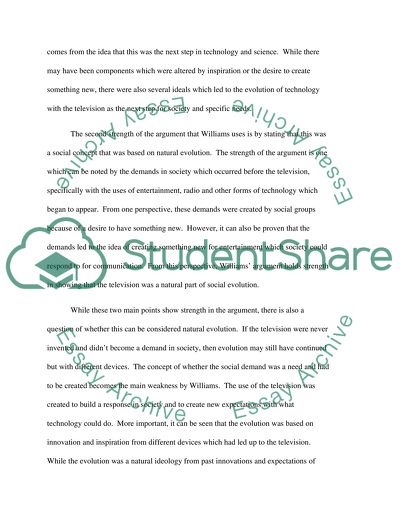Cite this document
(Technology and Cultural Form Literature review Example | Topics and Well Written Essays - 3675 words, n.d.)
Technology and Cultural Form Literature review Example | Topics and Well Written Essays - 3675 words. Retrieved from https://studentshare.org/culture/1427327-new-media-international-communcation-please-refer
Technology and Cultural Form Literature review Example | Topics and Well Written Essays - 3675 words. Retrieved from https://studentshare.org/culture/1427327-new-media-international-communcation-please-refer
(Technology and Cultural Form Literature Review Example | Topics and Well Written Essays - 3675 Words)
Technology and Cultural Form Literature Review Example | Topics and Well Written Essays - 3675 Words. https://studentshare.org/culture/1427327-new-media-international-communcation-please-refer.
Technology and Cultural Form Literature Review Example | Topics and Well Written Essays - 3675 Words. https://studentshare.org/culture/1427327-new-media-international-communcation-please-refer.
“Technology and Cultural Form Literature Review Example | Topics and Well Written Essays - 3675 Words”, n.d. https://studentshare.org/culture/1427327-new-media-international-communcation-please-refer.


